dry needling
what are the benefits of dry needling?
By Dr Sandy Ghobrial (Mosman Chiropractor)
What Is Dry Needling?
Dry needling is a treatment that involves inserting thin, sterile needles into tight or knotted muscles, also known as trigger points. Its main focus is on relieving musculoskeletal pain and dysfunction.
When a needle is inserted into a trigger point, it stimulates the muscle, promoting increased blood flow, reduced inflammation, and a release of built-up tension. This can help restore normal movement patterns and decrease discomfort.
Wondering what does dry needling do?
Benefits of Dry Needling
1. Relieves Muscle Tension & Pain
One of the biggest benefits of dry needling is its ability to quickly reduce muscle tightness and pain. Many patients experience relief after just one session, especially if they’ve been dealing with chronic muscle knots or tension.
2. Improves Mobility & Flexibility
Tight muscles can limit your range of motion, making it difficult to move freely. Dry needling helps release muscle restrictions, allowing you to move better and feel less stiff. This makes it a great tool for athletes and anyone recovering from an injury.
3. Speeds Up Recovery
From postural imbalance, or overuse strain, dry needling can help accelerate the healing process by reducing inflammation and improving circulation. This makes it an excellent complement to chiropractic care.
4. Enhances Chiropractic Care Results
At Nomad, we diagnostically require that we combine dry needling with the physical therapy of chiropractic adjustments to enhance the overall benefits. While chiropractic adjustments focus on restoring proper alignment , joint function, and nervous system function, dry needling targets tight muscles and trigger points that may be restricting movement or causing discomfort. Together, they create a well-rounded approach to musculoskeletal health that helps you feel and move better.
What’s the difference between dry needling and acupuncture?
(Whilst we aren’t acupuncturists this is our take on the difference.)
The difference between dry needling and acupuncture is their: Origin, Purpose & Method:
Acupuncture: is a key component of traditional Chinese medicine (TCM) with a history of thousands of years. It is based on the concept of balancing the body's energy (Qi) and involves studying the flow of energy along specific meridians. TCM Acupuncture aims to address a wide variety of health issues, including pain relief, digestive problems, stress management, and more. It focuses on the holistic balance of the body. Needles are placed at various points corresponding to meridians, often left in place for a longer duration (typically 20-30 minutes).
Dry Needling: is a relatively newer technique developed in Western medicine, primarily for the treatment of musculoskeletal pain. It does not have the same theoretical framework as acupuncture and is not based on TCM principles. Dry Needling primarily targets muscle knots (trigger points) and myofascial pain. The goal is to relieve pain and improve mobility in specific areas of the body. Dry needling involves inserting needles directly into trigger points in muscles. The technique is often more focused and may involve a quicker insertion and removal of the needle.
Does Dry Needling Hurt?
Yes and no… Dry needling may cause some discomfort, but the level of pain experienced can vary from person to person. Here are a few key points to consider:
Sensation: Patients often report feeling a brief, sharp sensation when the needle is inserted, which some describe as a small prick. This is usually followed by a deep ache or a twitch response in the muscle, which is considered a positive sign that the technique is working.
Intensity: The level of discomfort during dry needling can depend on factors such as the sensitivity of the trigger point being treated, the individual's pain tolerance, and the skill of the practitioner.
Post-Procedure: After the session, some individuals may experience soreness in the treated area, similar to how muscles might feel after a workout. This typically subsides within a day or two.
Communication: It's important to communicate with the chiro about any discomfort during the procedure. A skilled chiro can adjust the technique or approach based on your feedback to minimize pain.
Want to incorporate dry needling into your physical therapy? Book Online Here
Our chiropractors at Nomad Chiropractic utilise dry needling in combination with chiropractic physical therapy so you’re in the best hands with a holistic approach to your health and wellbeing. From symptom relief like lower back pain, neck pain, headaches and TMJ/TMD, a combination of care modalities might get you there!


